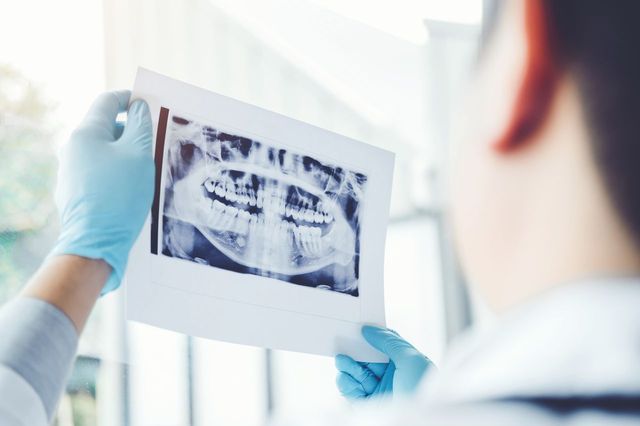At the center of every tooth is a space called the pulp chamber. This chamber is filled with nerves and blood vessels that keep the tooth alive, supplied with nutrients, and linked with the rest of the body. Though the tooth’s pulp is shielded by layers of enamel and dentin, it can still suffer damage that may disrupt its blood flow.
Without enough blood reaching the tooth, its tissue may deteriorate and die. If this occurs, dentists refer to the condition as non-vital or a “dead” tooth. A non-vital tooth could face a heightened risk of infection, so a dentist will need to diagnose and monitor it for optimal preventive care.
You may have more success managing a non-vital tooth’s health when you know more about the condition. Read on to discover details about tooth pulp vitality and related dental treatments.

Causes of Tooth Pulp Damage
Although the pulp is covered by the enamel and dentin layers of the tooth, you can still sustain an injury that can irreversibly damage the pulp and make the tooth non-vital. For instance, an accidental injury to the face can generate enough impact trauma to hurt blood vessels within the tooth’s pulp. Patients who grind their teeth may exert chronic pressure that may also cause this injury.
It is also possible to sustain tooth pulp damage from advanced tooth decay. Dental caries, or tooth decay, is a common dental disease that gradually erodes a hole in the tooth’s enamel. Without treatment, this decay can spread through the layers of the tooth, reach the pulp, and result in endodontic infection and death of the dental pulp.
Symptoms of a Non-Vital Tooth
One of the primary indicators that your tooth has become non-vital is discoloration. Without enough healthy blood flow, the tooth might darken to a dull or grey color. You may experience discomfort from biting forces or loss of sensitivity in the non-vital tooth as well.
Some dental patients might not realize they have a non-vital tooth until it contracts an infection. If this occurs, they may see swelling around the tooth, feel intense dental pain, or notice an odor. If any of these symptoms sound familiar, you should contact your dentist right away.
Symptoms of a non-vital tooth may vary, and a dentist will evaluate the tooth’s condition to diagnose it. They can identify tooth pulp damage in a dental x-ray and check the tooth’s vitality with thermal testing. This evaluation involves applying a cold stimulus to the tooth and measuring the patient’s reaction.
Treatment Options for a Non-Vital Tooth
This type of dental damage is not reversible. But if you have a non-vital tooth, it does not always warrant further treatment from a dentist. The dentist will monitor the tooth to ensure it is not at risk of infection. Some patients may request cosmetic dental solutions to address discoloration in the tooth.
If you have an infection or abscess in a tooth, it will require urgent intervention by your dentist to prevent a larger issue from developing. This treatment most likely involves root canal therapy to clear out the damaged tissue along with any bacteria that made its way into the pulp of the tooth. It is common practice to then place a dental crown over the endodontically treated tooth to protect it from further harm.
